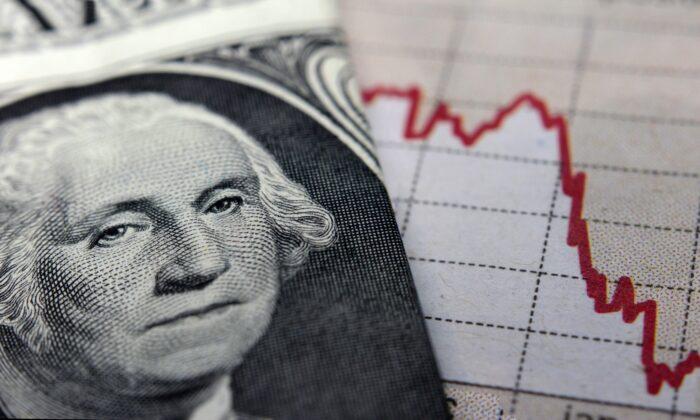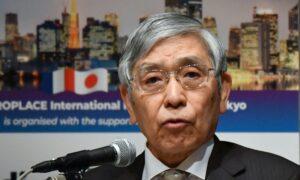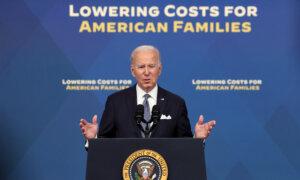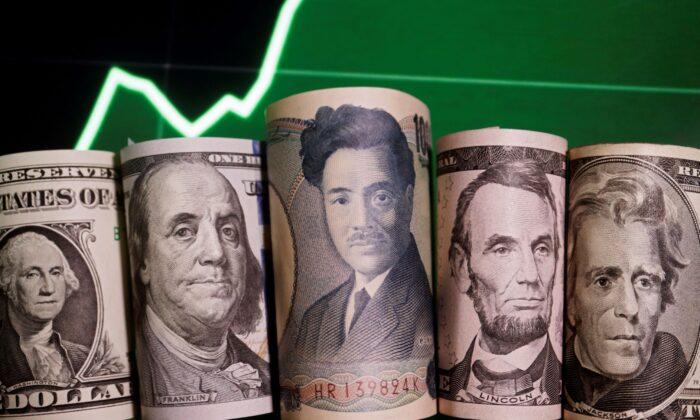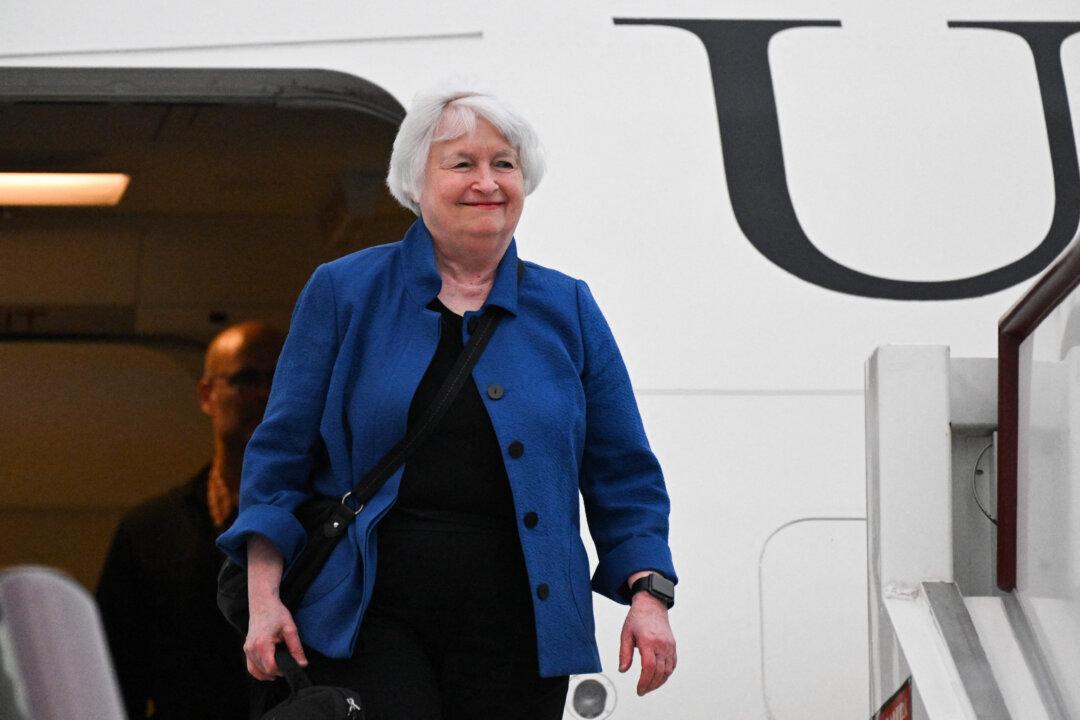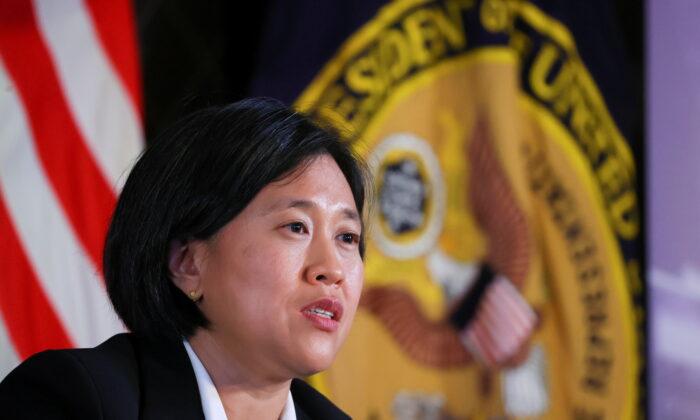While the Federal Reserve and Janet Yellen thought they had overcome high inflation, inflation began to bottom out but now has signs to reflate. This is exactly the story of stagflation in the 1970s, where, at that time, the Federal Reserve also thought it had overcome inflation but, in fact, had not. Inflation is like a chronic disease such as diabetes, which is not imminently fatal but leads to other problems as time goes on. Because high inflation is never as urgent as recession, central banks tend not to place a high priority on this as long as the risk of having the latter is obvious.
Despite Yellen’s intention to rewrite the economic theories by claiming a costless tightening, the costs are, in fact, realized. Traditional theories prescribe that an insufficient tightening would result in inflation not being contained, whereas an excessive tightening would lead to recession, particularly a rise in unemployment. When either of these is not observed, it does not mean economic theories have fundamentally changed; it is just that the timing has not yet been reached. Especially if inflation were to come back again, it would always come slowly.
But it could also be the case that both are happening, that recession first and then inflation returns later. This is possible because the former is a fast-moving indicator while the latter is slow in motion, as just discussed. Another reason is that when a recession (if any) is not deep enough, then excessive liquidity is not cleared up, which builds up inflation in the next cycle. An opposite scenario is the aftermath of a financial tsunami, where a hard hit drags everything so that inflation does not appear for some years.
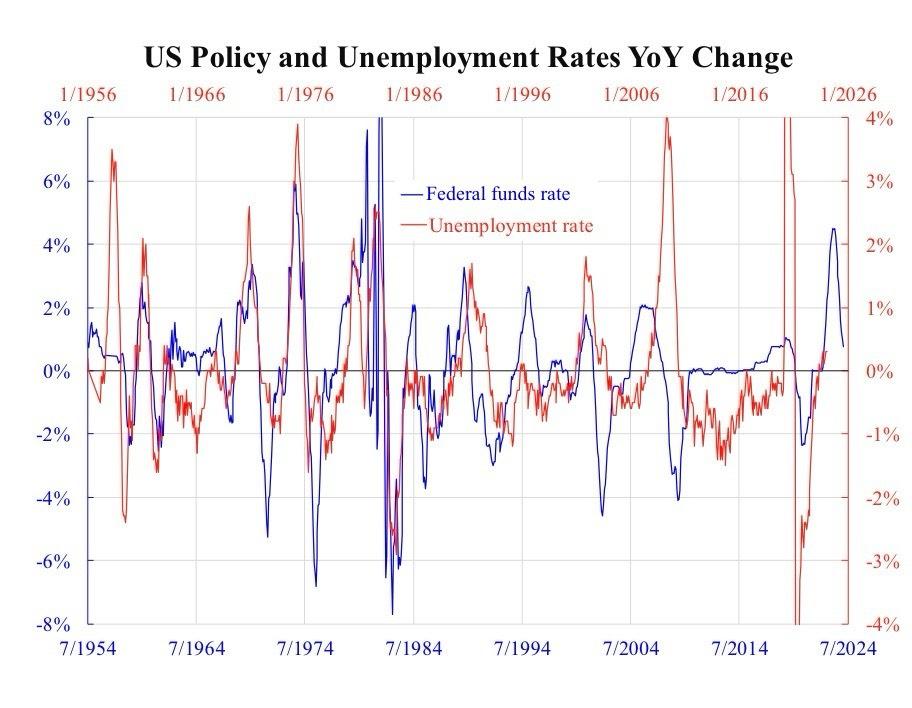
US Policy and Unemployment Rates YoY Change. (Courtesy of Law Ka-chung)The accompanying chart shows the year-over-year change of the Federal funds rate (policy rate) on the unemployment rate, with the latter lagging the former by 1.5 years. The two commove and unemployment rate (in red) is projected to increase by 2 percent a year ahead.
The upside risk of an increasing unemployment rate has already been seen from the latest data, where it was already up from a nadir of 3.4 percent to the latest of 3.9 percent. However, even a 2 percent rise amounts to something just over 5 percent ultimately, which will hardly look like a severe recession. This is why, as I conjecture above, both recession and future reflation could happen, in turn, where the two are not mutually exclusive to each other. This is in contrast to Yellen’s so-called costless theory; instead, a dual cost scenario is even more likely.
Looking back on the experience of the 1970s, stagflation was a result of insufficient tightening, but this did not prevent recession from happening. Rather, there were four recessions in total from 1970 to 1982.
